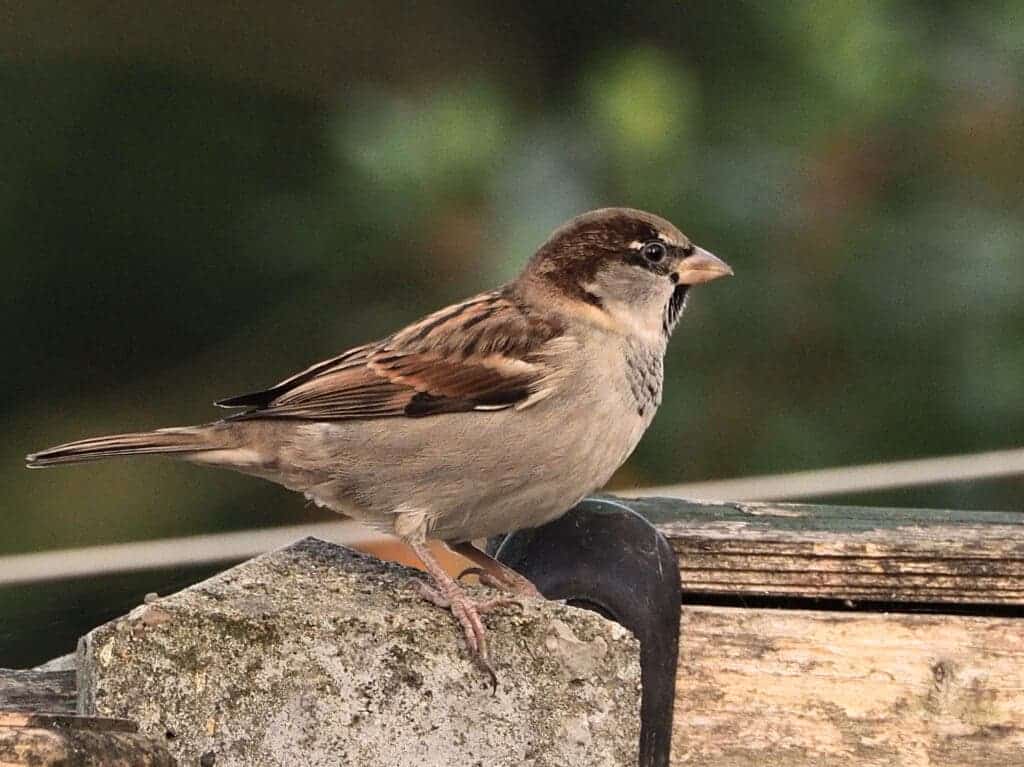One in six birds in Europe has disappeared, according to a survey that compared today’s bird populations in Europe to those in the 1980s. Overall, the continent lost about 600 million birds.

While not as known as climate change, biodiversity is also facing a deep crisis, with researchers repeatedly emphasizing that we’re causing a sixth mass extinction. A previous study by the World Wildlife Fund (WWF), called the Living Planet Report, found that the population sizes of birds, fish, mammals, and amphibians have declined a whopping 68% since 1970.
In a new study, researchers from Birdlife International, the Czech Society for Ornithology and the Royal Society of the Protection of Birds brought together two large datasets to explore abundance change in Europe’s birds. Integrating the two allowed to double the number of species included and to extend the temporal range.
The group of researchers analyzed data for 378 out of 445 native bird species in European Union countries and estimated a decline between 17% and 19% between 1980 and 2017.
“This report loudly and clearly shows that nature is sounding the alarm. While protecting birds that are already rare or endangered has resulted in some successful recoveries, this doesn’t seem to be enough to sustain the populations of abundant species, Anna Staneva, BirdLife Europe Interim Head of Conservation, said in a statement.
Heavy declines
The house sparrow (Passer domesticus), which used to be very common all over the continent was the worst hit, the study found, losing 50% of its population since 1980 — a total loss of 247 million birds. Meanwhile, its close relative, the tree sparrow (Passer montanus), has declined by 30 million individuals. Both species were affected by changes in agricultural policy and management.
In fact, the most significant change was registered in farmland and grassland birds. Farming practices have been widely thought to cause a decline in wildlife, and this study clearly showcases just how big of an impact these changes can have on wildlife. Damaging practices include the growing use of monocultures and pesticides, changes in grassland management, field drainage, and overall larger field sizes.
Most of the observed decline in bird numbers happened during the 1980s and the 1990s, with the decline rate slowing down (but not stopping) in the last decade. The authors linked this to recent regulations implemented in the EU that give legal protection to priority species and also extend their protected habitats, such as the Birds and the Habitats Directives.
In fact, seven species of birds of prey increased in recent decades thanks to more comprehensive protection, new targeted recovery projects, and limited use of pesticides, the study showed. If the EU hadn’t implemented the directives on birds protection, declines in many bird species would have been much worse, the authors wrote.
“Our study is a wake-up call to the very real threat of extinctions and of a Silent Spring, and we are fully supportive of ensuring a strong framework which puts conservation front and centre of any global plans” Fiona Burns, RSPB scientist, said in a statement. “We need transformative action across society to tackle the nature and climate crises together.”
The researchers also highlighted the upcoming UN conference next year to negotiate a new global agreement on biodiversity conservation, after the previous one failed to deliver most of the targets. The upcoming agreement should increase conservation efforts to prevent further declines in the number of birds worldwide, the researchers wrote.
The study was published in the journal Ecology and Evolution.


